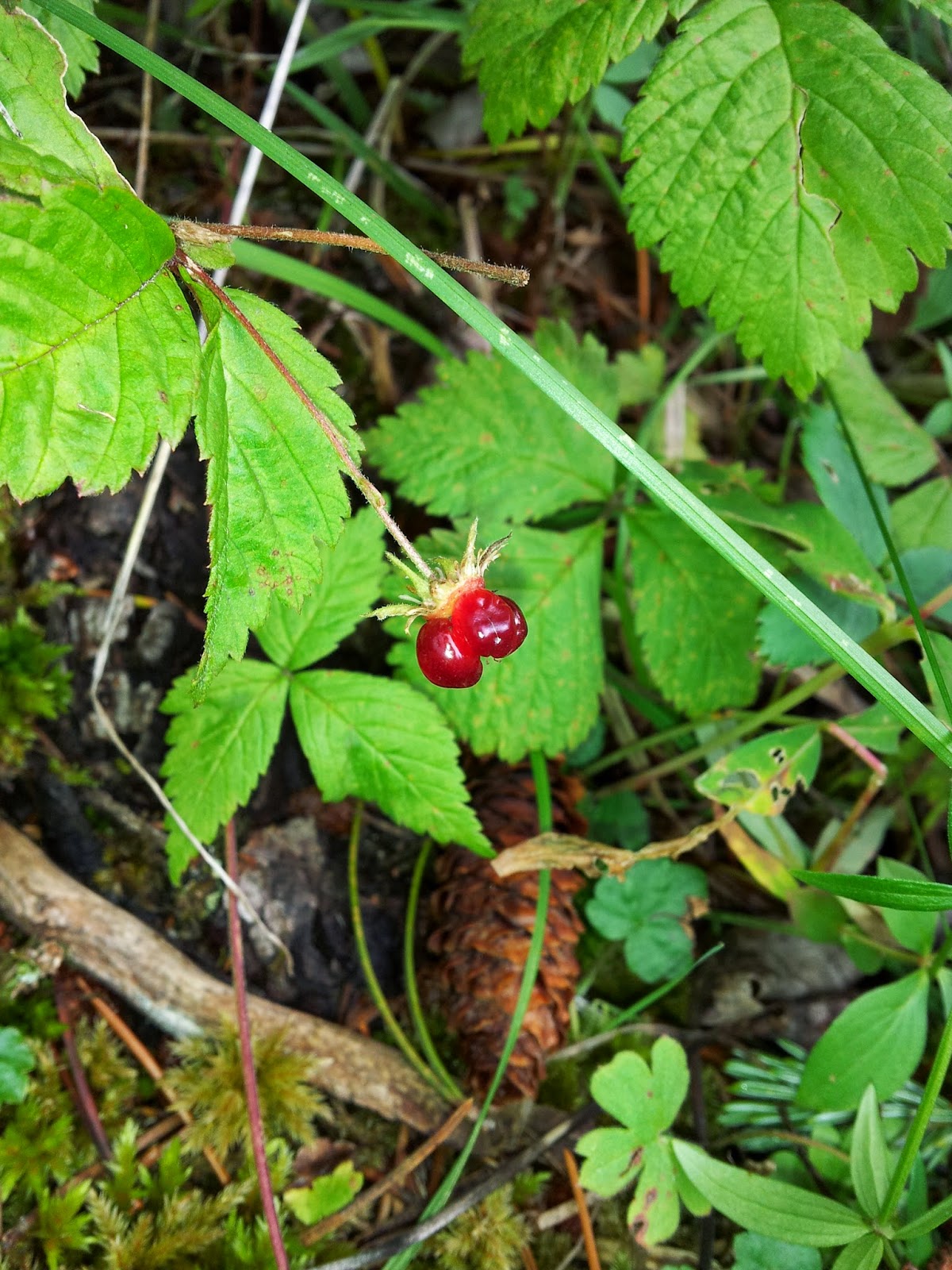I love rambling in the woods after a good rainfall in the summer, and see my sporulating friends pop out of the ground. Of course, as with any mushroom/fungi listings, I will include these caveats:
DO NOT CONSUME WILD MUSHROOMS UNLESS YOU KNOW YOUR STUFF!!!!
EVEN EXPERIENCED MUSHROOM PICKERS GET POISONED!!!
SOME POISONOUS FUNGI ARE EATEN BY OTHER CRITTERS THAT HAVE ADAPTED TO THE TOXINS-- ANIMAL BITE MARKS DOES NOT MAKE THEM SAFE TO EAT!!
DO NOT CONSUME MUSHROOMS (EVEN EDIBLE ONES) THAT APPEAR IN CONTAMINATED SITES!! FUNGI ACCUMULATES ENVIRONMENTAL TOXINS!!!
Now that is out of the way, let me introduce you to one of the common summer mushrooms that usually dot the open spaces. At first glance you'll think that this cluster of white mushrooms are like the common supermarket ones. You're partially right. The ones in supermarkets are Button Mushroom (
Agaricus bisporus), and these are Meadow Mushrooms (
Agaricus campestris).
 |
| Agaricus campestries cluster on the ground, out in the open. |
 |
| Nice sized cap, about 12 cm across |
 |
| Chocolate gills puts this in the Agaricus genus |
It's hard to miss the Agaricus spp, they tend to be white (or off-white to tan) coloured caps, with the characteristic chocolate gills. One particular species, Agaricus arvensis (Horse Mushroom), when picked, have a distinctive Aniseed smell to it when picked. Agaricus subrufescens have almond-like smell to it.
Stay clear of Agaricus that stains yellow, as they can be poisonous to a lot of people (some people can eat them without harm, but don't test this on yourself!). Aptly, the
Agaricus xanthodermus is also known by the name "The Yellow Stainer". It looks the same as other Agaricus, except for the yellow staining when cut at the base.
Avoid white mushrooms with white gills. They could be the
Death Cap (Amanita phalloides), or the
Destroying Angel (Amanita virosa). There is a whole genus of white-gilled mushrooms (Russula), but they have different shapes and growth than the Agaricus group.
 |
| Suillus luteus - Slippery Jack - on a bed of bearberry ground cover. |
The Suillus genus tend to be common in areas that have lots of pine and larches. Some are known generally as "Larch Boletes", although they are less fat than the rest of the more popular Boletes (which includes the Porcini mushroom). There's a reason why they are called Slippery Jacks, the cap have a slimy, slippery feel to it, and are generally peeled off before cooking (some people can be sensitive to the polysaccharides that gives the slimy feel).
Unlike the Agaricus, turning over the cap will display spongy yellow tissue with pores/tubes rather than gills. The Bolete family all have this pore/tube structure under the cap, which is the identifying trait. The Leccinum family also has this pored structure, but with (usually) white underside of the cap, rather that yellow.


















